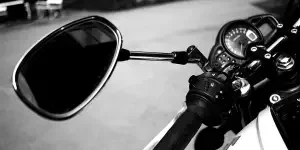When it comes to riding a motorcycle, the thrill and freedom of the open road come with inherent risks. It’s crucial for riders to equip themselves with the right motorcycle gear to ensure safety, comfort, and optimal performance. This guide delves into the five critical aspects of motorcycle gear, providing insights and practical advice to help riders make informed decisions. Whether you’re a seasoned rider or new to the two-wheeled adventure, understanding these essentials will enhance your riding experience.
Table of Contents:
– Importance of a well-fitted helmet
– Choosing the right motorcycle jacket
– Motorcycle gloves: A necessity, not an option
– The role of pants in rider safety
– Selecting the best motorcycle boots
Importance of a well-fitted helmet
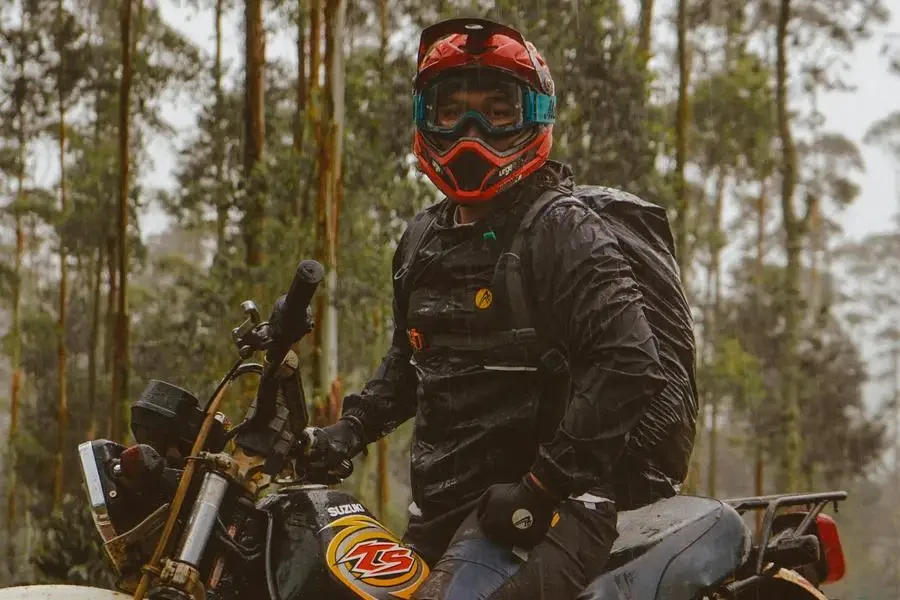
The helmet is undoubtedly the most vital piece of motorcycle gear, serving as the primary line of defense for a rider’s head and brain in the event of an accident. A well-fitted helmet can significantly reduce the risk of severe head injuries. When choosing a helmet, it’s essential to consider factors such as size, shape, and safety ratings. A proper fit means the helmet is snug but not uncomfortably tight, allowing for minimal movement on the head while retaining comfort over long rides.
Ventilation is another critical feature, ensuring airflow to keep the rider cool and prevent the visor from fogging up. Modern helmets come equipped with advanced ventilation systems that allow for adjustable airflow. Additionally, the helmet’s visor should offer clear vision and protection from the elements, including UV rays and debris.
Lastly, the importance of selecting a helmet with a high safety rating cannot be overstressed. Helmets certified by recognized safety standards have undergone rigorous testing to ensure they offer maximum protection. Riders should look for certifications such as DOT, ECE, or SNELL as indicators of a helmet’s safety efficacy.
Choosing the right motorcycle jacket
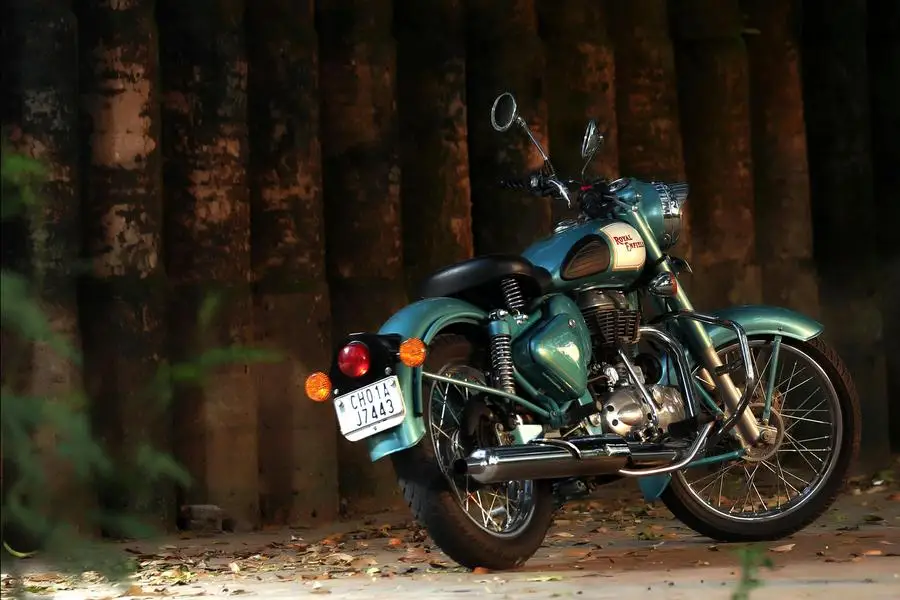
Motorcycle jackets are not just a style statement but a crucial layer of protection that shields riders from abrasions, impacts, and the elements. When selecting a jacket, material choice plays a significant role. Leather, known for its durability and abrasion resistance, offers excellent protection. However, modern textiles have made significant advancements, providing waterproof, breathable, and equally durable alternatives.
The jacket should also come equipped with protective armor in critical areas such as the back, elbows, and shoulders. This armor can absorb impacts and reduce the risk of injuries. It’s important that the armor is CE certified, indicating it meets high standards of impact absorption.
Comfort and fit are equally important when choosing a motorcycle jacket. A well-fitting jacket will not only be more comfortable but will also ensure that the protective features are correctly positioned to offer maximum protection. Adjustable straps and cuffs can help achieve a snug fit, while vents can improve airflow, making the jacket suitable for various riding conditions.
Motorcycle gloves: A necessity, not an option
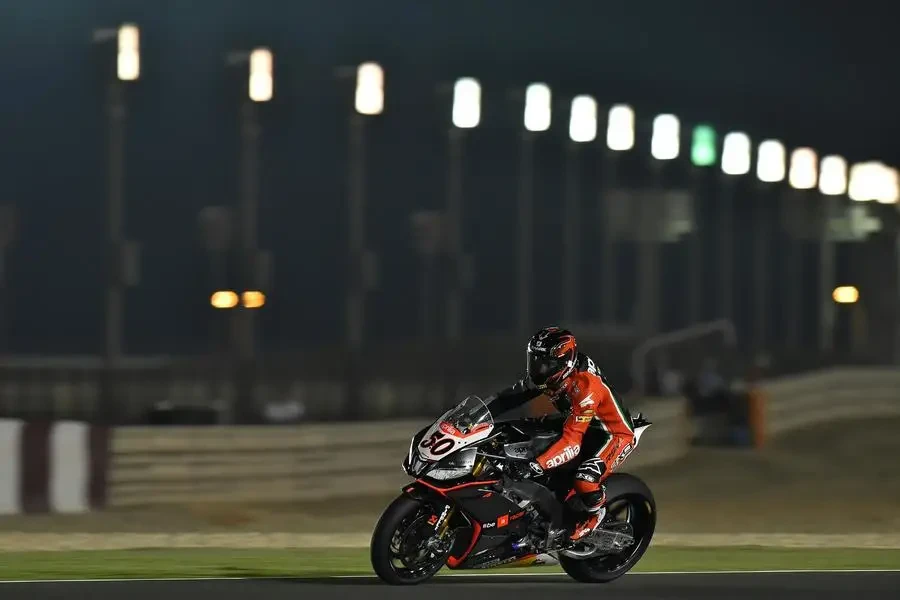
Gloves play a pivotal role in motorcycle gear, protecting the hands from abrasions, reducing vibrations, and improving grip. When selecting gloves, material and construction are key considerations. Leather gloves offer superior durability and protection, while textile gloves can provide better flexibility and breathability.
Reinforcement in high-impact areas such as the palms, knuckles, and fingers is crucial for protection against abrasions and impacts. Some gloves also feature wrist straps to ensure they stay securely in place during a ride.
Comfort and fit are essential for maintaining control and dexterity while riding. Gloves should fit snugly without restricting movement. Touchscreen compatibility is a useful feature, allowing riders to operate GPS devices and smartphones without removing their gloves.
The role of pants in rider safety
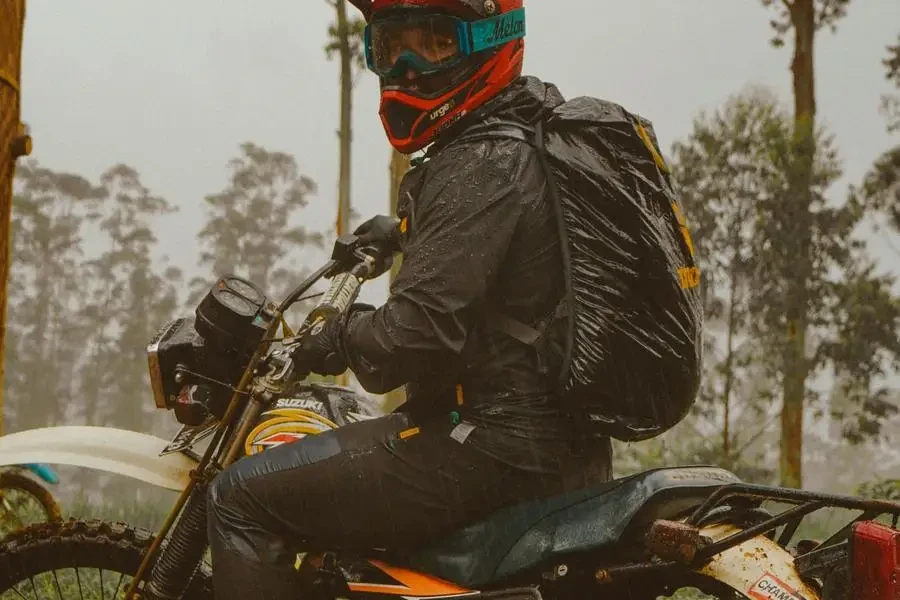
While often overlooked, motorcycle pants are a critical component of a rider’s gear, offering protection for the lower body. Like jackets, pants are available in leather and textile materials, each offering different levels of protection, comfort, and weather resistance.
Pants should be equipped with CE-certified armor in the knees and hips to provide impact protection. Reinforced stitching and abrasion-resistant materials enhance the pants’ durability and protective capabilities.
When choosing motorcycle pants, riders should consider fit and comfort, ensuring the pants are not too tight or too loose. Features such as adjustable waistbands and stretch panels can improve fit and flexibility, making the pants comfortable for long rides.
Selecting the best motorcycle boots

Boots are the final piece of essential motorcycle gear, providing protection for the feet, ankles, and lower legs. Motorcycle boots should offer a combination of impact protection, abrasion resistance, and stability. Reinforced toe boxes, ankle protectors, and shifter pads are features that contribute to a boot’s protective qualities.
Durability and weather resistance are important factors to consider, with materials such as leather and waterproof membranes offering good protection against the elements.
The fit and comfort of motorcycle boots are crucial for safe and enjoyable riding. Boots should offer a snug fit without restricting movement, with enough flexibility to operate the motorcycle’s controls comfortably.
Conclusion:
Equipping yourself with the right motorcycle gear is essential for safety, comfort, and performance on the road. From helmets to boots, each piece of gear plays a crucial role in protecting riders from the inherent risks of motorcycling. By considering factors such as fit, material, and safety ratings, riders can make informed decisions that enhance their riding experience and ensure they are well-protected on every journey.
